Disclosure: This article contains affiliate links. We may earn a commission from purchases at no extra cost to you, which helps our travel content.
The first time I stepped off the plane in Seoul, the sheer scale of the city hit me like a tidal wave. Six years and countless Asian adventures later, I've cracked the code to navigating these concrete jungles without breaking a sweat (okay, maybe just a little sweat in Shanghai's summer humidity). Whether you're a first-timer to Asia or a seasoned traveler looking to optimize your urban exploration, I've compiled my hard-earned transportation wisdom from countless hours spent underground, overground, and everywhere in between in two of Asia's most dynamic megacities.
Getting Your Bearings: Transportation Cards & Apps
The absolute first thing I do when landing in Seoul or Shanghai? Sort out my transportation card and download essential apps. Trust me, this prep work saves hours of confusion later.
In Seoul, the T-money card is your golden ticket. Available at any convenience store or subway station, this reloadable card works on subways, buses, and even taxis. For Shanghai, grab a Public Transportation Card (often called a Shanghai Transportation Card). Both cost around $5 USD with a refundable deposit.
As for apps, Seoul's Subway Korea and Shanghai's Explore Shanghai Metro are lifesavers. But my secret weapon? Citymapper. It integrates multiple transport options and provides real-time updates that have saved me countless times when subway lines unexpectedly closed.
For those late nights when the subway stops running (around midnight in both cities), I rely on my portable charger to keep my phone alive for ride-hailing apps. After a karaoke session that went way too late in Seoul's Hongdae district, this slim powerbank was the only reason I made it back to my hostel!
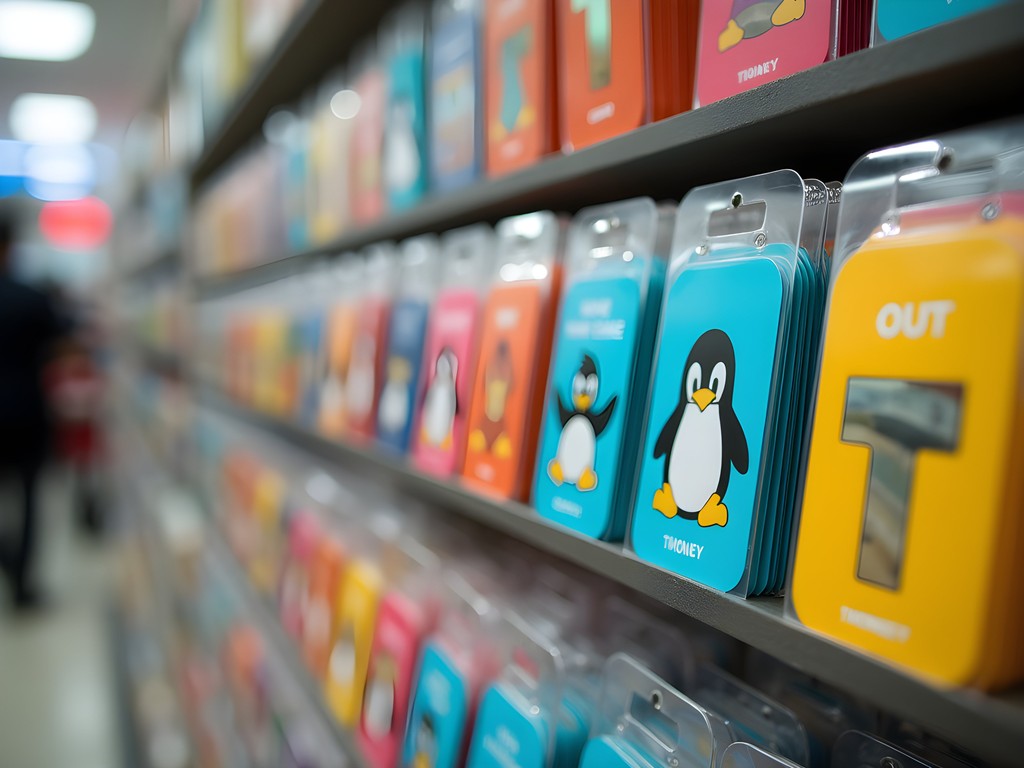
💡 Pro Tips
- Purchase transportation cards immediately upon arrival at the airport
- Download offline maps before your trip in case of connectivity issues
- Take a screenshot of your accommodation address in the local language to show taxi drivers
Seoul's Subway System: A Marvel of Efficiency
Seoul's subway system is nothing short of magnificent – clean, punctual, and comprehensive with 23 lines covering virtually every corner of the city. The color-coded lines make navigation straightforward once you understand the basics.
My favorite hack? The subway cars at either end are typically less crowded, especially during rush hour (7-9am and 5:30-7:30pm). I always carry my foldable water bottle since stations have free water refill points, saving both money and plastic waste.
Don't miss Seoul's subway etiquette: priority seating for elderly and pregnant women is taken seriously, and loud conversations are frowned upon. I learned this the hard way when an elderly lady gave me a stern lecture in Korean after I took a priority seat when the car was otherwise empty!
The subway announcements come in Korean, English, Chinese and Japanese, so you'll never miss your stop. And here's a local secret: stations like Jamsil (Line 2) and Gangnam (Line 2) have massive underground shopping malls where you can explore for hours without ever emerging to street level – perfect for rainy days!

💡 Pro Tips
- Use Naver Maps or Kakao Maps for the most accurate Seoul subway information
- Purchase a T-money card instead of single journey tickets to save 100 won per trip
- Look for the numbered exits at stations – they correspond to specific landmarks above ground
Shanghai's Metro: Navigating the World's Largest System
Shanghai boasts the world's largest metro system by route length – a mind-boggling 800+ kilometers of track! Unlike Seoul's system which closes around midnight, Shanghai's last trains typically depart around 10:30pm, so plan accordingly.
The Shanghai Metro app offers English navigation, but I prefer Baidu Maps for its accuracy (though you'll need basic Chinese reading skills or a translation app). Google Maps doesn't work well in China without a VPN, so download offline maps before arrival.
During my first Shanghai visit, I was completely overwhelmed by the crowds at People's Square station (lines 1, 2, and 8) during rush hour. Now I wear my compression socks on subway days – they're a game-changer for preventing tired legs when you're standing for long periods.
A word of warning about Shanghai's Line 1 (the red line): it gets unbelievably crowded between 7:30-9am. If your schedule is flexible, travel after 9:30am for a more comfortable experience. And unlike Seoul, Shanghai's metro security checks are mandatory – budget an extra 5 minutes at major stations for bag screening.
My favorite Shanghai metro station? Jing'an Temple on Line 2 – exit the station and you're immediately facing one of Shanghai's most beautiful temples juxtaposed against gleaming skyscrapers!
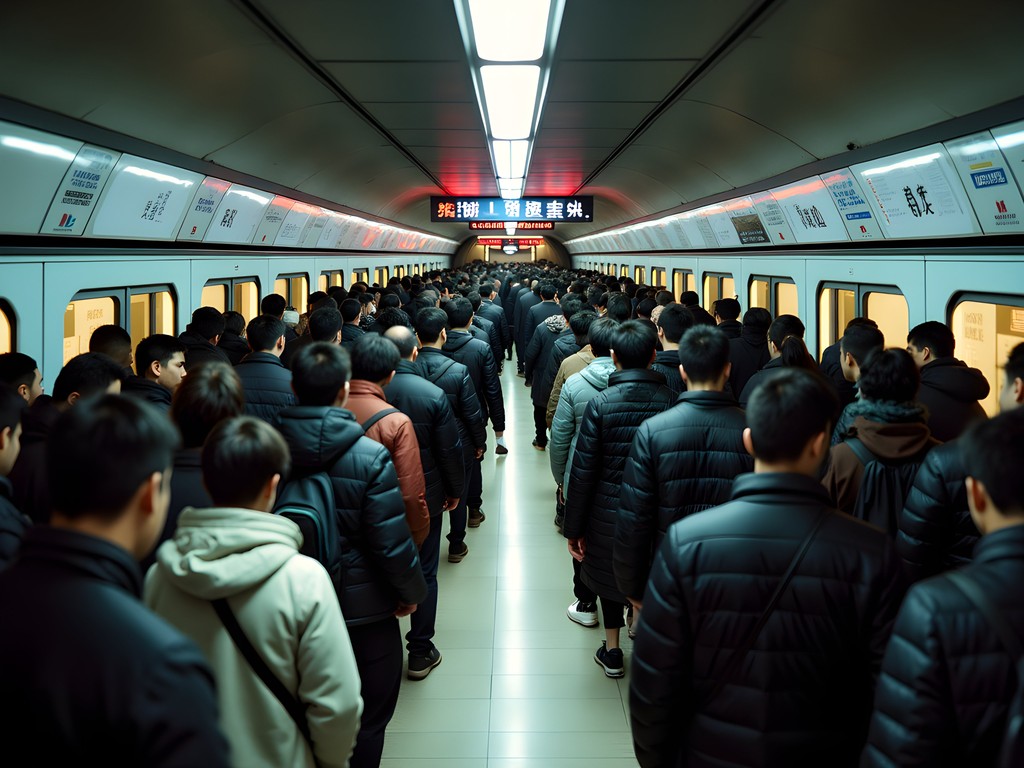
💡 Pro Tips
- Avoid Line 1 during morning rush hour at all costs
- Download DiDi (China's ride-hailing app) with English interface before arrival
- Purchase a day pass if you'll be making 5+ trips in a day
Beyond the Metro: Buses, Taxis, and Alternative Transport
While metros are the backbone of transportation in both cities, sometimes you need alternatives. In Seoul, the bus system is color-coded: blue buses for major routes, green for local neighborhoods, red for express routes, and yellow for circular routes. Download the Kakao Bus app for real-time arrivals.
In Shanghai, buses are trickier for non-Chinese speakers but incredibly cheap (most rides cost under 2 RMB). I recommend sticking to metro and taxis unless you're feeling adventurous.
For taxis, always have your destination written in the local language. In Seoul, the Kakao T app lets you hail taxis without language barriers. In Shanghai, DiDi works similarly. After a late-night underground rock show in Seoul's Hongdae district, I was grateful for my phone translator to communicate with a taxi driver when the subway had stopped running.
Both cities offer bike-sharing programs: Seoul Bike (or Ttareungyi) in Seoul and Meituan Bike (yellow) or Hellobike (blue) in Shanghai. These are perfect for short distances, especially along Seoul's Han River paths or Shanghai's Former French Concession.
My personal favorite alternative transport? The Seoul City Tour Bus – for 15,000 won (~$12 USD), you get a hop-on-hop-off experience hitting major attractions with commentary in multiple languages. It's technically for tourists, but even after multiple visits, I still use it for the excellent city overview and to rest my feet!
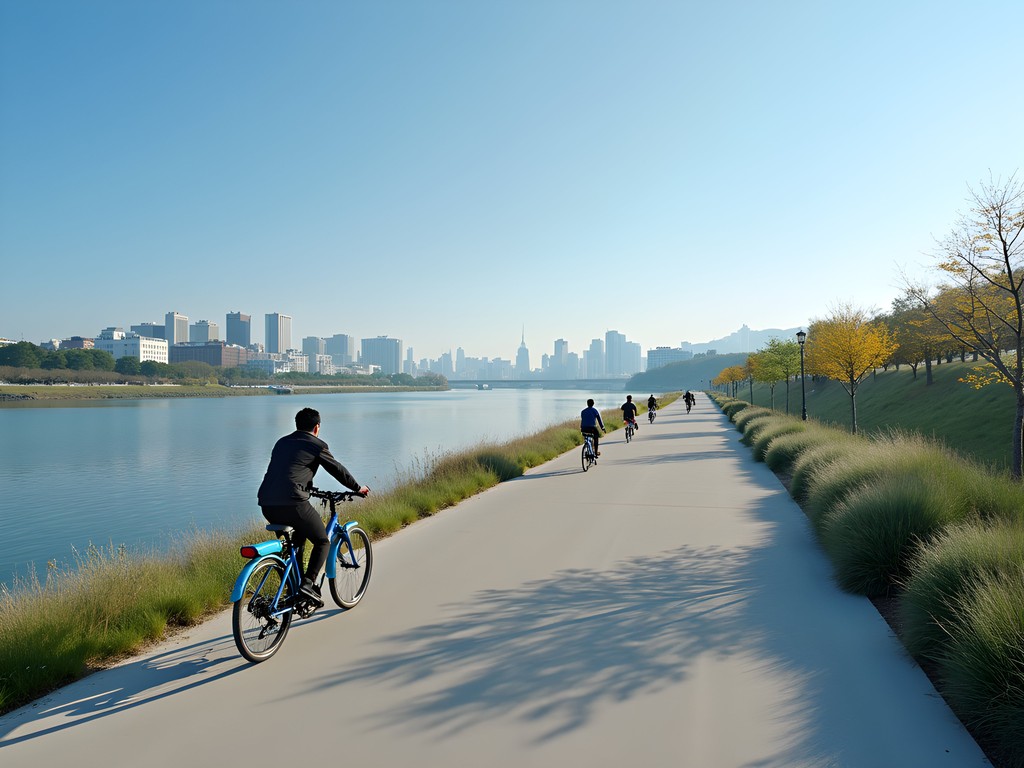
💡 Pro Tips
- In taxis, always confirm the driver will use the meter before departing
- Download DiDi in China and Kakao T in Korea for hassle-free taxi hailing
- For Shanghai's bike-sharing, you'll need WeChat or Alipay linked to a Chinese bank account – make friends with a local who can help
Budget-Friendly Transport Hacks & Hidden Gems
Let's talk money-saving strategies! In Seoul, the Discover Seoul Pass combines transportation with free entry to attractions – worth it if you're hitting multiple tourist spots. For budget travelers, Seoul's extensive night bus network (marked with an 'N') can substitute for pricier taxis after the subway closes.
In Shanghai, the Tourist Pass (one/three-day options) offers unlimited metro and bus rides. If you're staying longer, the Public Transportation Card gives discounts on transfers between metro and buses.
My secret money-saving hack? In both cities, convenience stores near tourist areas often charge more for topping up transportation cards. Go one or two blocks away for better rates!
For rainy days, I always pack my compact umbrella which has survived typhoon-season downpours in both cities. The compact design fits perfectly in my daypack without taking up valuable space.
My favorite hidden transport gem in Seoul? The Namsan cable car to Seoul Tower offers spectacular views for just 9,500 won round-trip. In Shanghai, take the tourist tunnel under the Huangpu River between the Bund and Pudong. Yes, it's touristy with its psychedelic light show, but it's a uniquely bizarre experience that I love showing first-time visitors!
During my last Seoul trip, I discovered the Seoul Walking Tours program – free guided walks led by local volunteers. Not technically transportation, but it saved me subway fare while providing insights I'd never have discovered alone!

💡 Pro Tips
- Purchase transportation passes at the airport where staff often speak English
- Travel during off-peak hours (10am-4pm) for discounted fares in Shanghai
- In Seoul, transfers between subway and bus are free within 30 minutes if using a T-money card
Final Thoughts
After two weeks of zipping between Seoul and Shanghai's hidden corners, you'll return home with not just photos and souvenirs, but a genuine sense of accomplishment. There's something deeply satisfying about mastering these complex urban labyrinths that many tourists find intimidating. The confidence you'll gain from successfully navigating these Asian megacities will transform how you approach travel forever.
Remember that getting lost isn't always bad – some of my most memorable experiences came from taking a wrong turn or missing a stop. That time I accidentally exited at the wrong Shanghai station and stumbled upon an incredible local dumpling shop? Now it's a must-visit every time I return.
Whether you're racing through Seoul's impeccably clean stations or marveling at Shanghai's maglev train, embrace the journey as much as the destination. These transportation systems aren't just ways to get around – they're windows into local life, cultural values, and urban innovation.
Have you navigated either of these incredible cities? I'd love to hear your experiences in the comments! And if you're planning a trip, drop any questions below – the community and I are here to help you prepare for your own Asian megacity adventure!
✨ Key Takeaways
- Purchase transportation cards immediately upon arrival to save money and time
- Download city-specific apps before arrival as Google Maps isn't always reliable
- Travel during off-peak hours whenever possible for a more comfortable experience
- Always carry your destination written in the local language for taxi drivers
📋 Practical Information
Best Time to Visit
year-round, though spring (April-May) and fall (September-October) offer the most comfortable temperatures
Budget Estimate
$50-75 USD per day including accommodation, food, and transportation
Recommended Duration
1 week per city for comprehensive exploration
Difficulty Level
Beginner-Friendly With Preparation


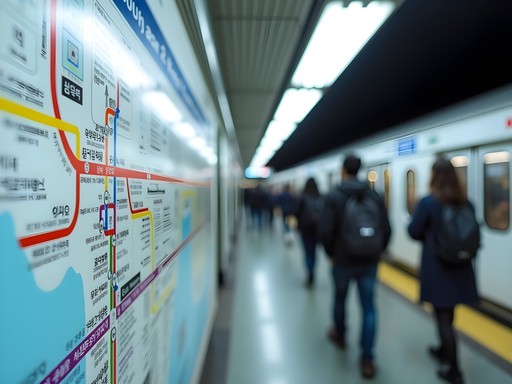
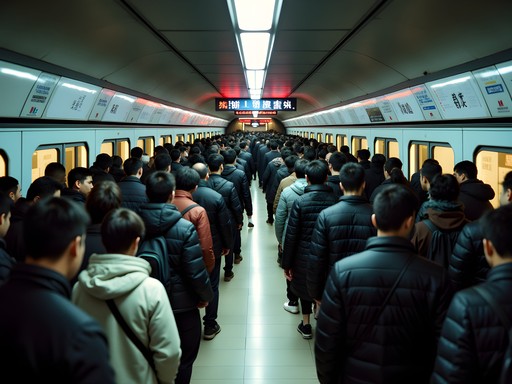




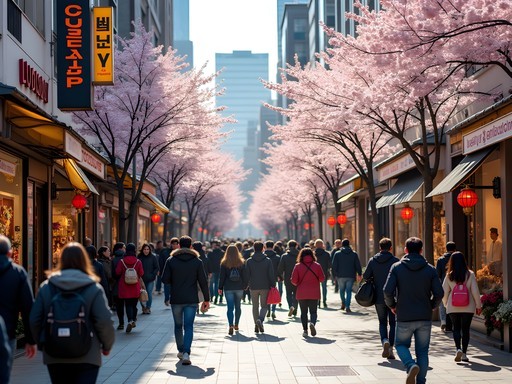
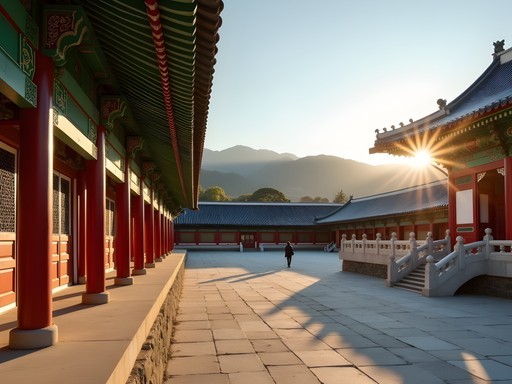

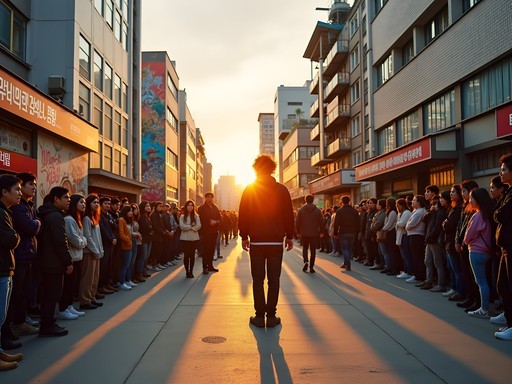
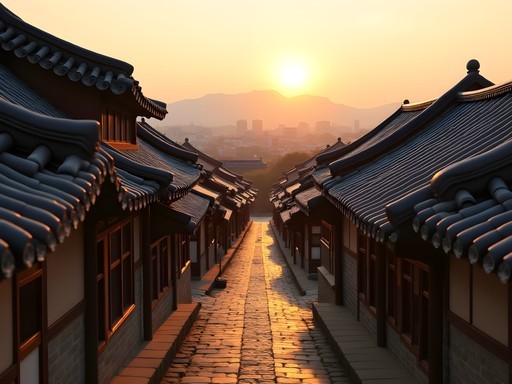
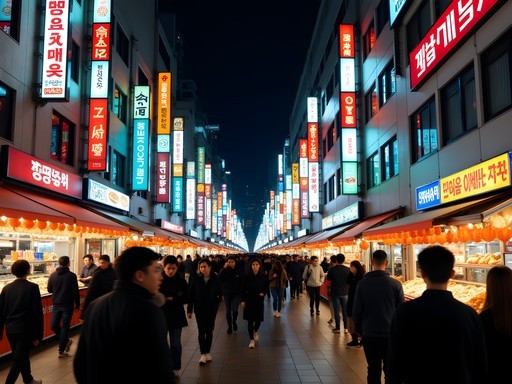


Comments
Megan Martin
Fantastic breakdown of these transportation systems, Aaliyah! Your section on Seoul's subway efficiency is spot-on. During my last business trip there, I was amazed how I could get from my hotel in Gangnam to meetings in Yeouido in under 30 minutes even during rush hour. One tip I'd add for business travelers: invest in a good portable translator if you plan on taking taxis in Shanghai. While the metro is straightforward with English signage, I found some taxi drivers didn't speak English, and showing them my destination in Chinese characters saved me multiple times. Looking forward to your next city comparison!
vacationwanderer
Great post! I'm headed to Shanghai next month for the first time. How difficult is it to navigate if you don't speak any Mandarin? The metro system looks massive!
Aaliyah Peters
Thanks for reading! You'll be fine in Shanghai without Mandarin - all stations have English signage and the ticket machines can be switched to English. Download the Metro China Subway app before you go - it works offline and shows all transfer options. The metro is huge but super efficient!
vacationwanderer
That's such a relief! Will definitely get that app. Any recommendations for areas to stay that are well-connected to the metro?
Aaliyah Peters
I'd recommend staying near People's Square or Jing'an Temple areas. Both are on Line 1/2 which connect to most major attractions, and they have great food scenes too!
coolpro
This guide is exactly what I needed! Just got back from Seoul last month and wish I had these tips beforehand. The T-Money card was a lifesaver once I figured it out, but I spent my first day completely lost trying to navigate the transfers. That color-coded subway map you mentioned became my best friend! Did anyone else find the Seoul station announcements in English super helpful?
Megan Martin
The English announcements were a game-changer for me too! I was in Seoul for a business conference last year and relied heavily on them. Aaliyah's tip about downloading Naver Maps saved me so much time compared to my colleagues who were using Google Maps.
coolpro
Oh yeah, Naver Maps is WAY better than Google there! Did you try the buses too?
happyninja
First-timer heading to Shanghai in October and feeling nervous about getting around! Is the Metro Map app you mentioned available in English? Also, do you recommend getting a portable translator or is pointing at maps enough to get by?
wildpro
Not OP but I was in Shanghai last year with zero Chinese language skills. The Metro is super easy - all signs have English and the ticket machines have an English option. I just used Google Translate app (download Chinese offline) and it worked great!
happyninja
That's a relief! Thanks for the tip about downloading offline translation.
summerphotographer
Heading to Seoul next month! Is there a direct subway from Incheon Airport to Myeongdong or do I need to transfer? Also, how hard is it to navigate if I don't speak Korean?
Aaliyah Peters
You'll need to transfer once! Take Airport Railroad (AREX) to Seoul Station, then Line 4 to Myeongdong. All stations have English signage and announcements - you'll be fine! The subway app shows transfers clearly.
summerphotographer
Thank you so much! That's really helpful. One less thing to worry about!
Bryce Diaz
Great breakdown of these two incredible transit systems! I'd add that in Seoul, the Naver Map app is often more accurate than Google Maps for transit directions. Also worth mentioning that Shanghai's metro system now accepts WeChat Pay and Alipay at the turnstiles if you have a Chinese bank account linked - game changer for frequent visitors. Last time I was there (January), I skipped the physical card entirely. One thing I learned the hard way: in Seoul, the last trains run around midnight, but in Shanghai some lines stop earlier. Always check the last train time if you're out late!
wildpro
Just got back from Seoul and the T-Money card was a LIFESAVER! Wish I'd read this before my trip!
Bryce Diaz
T-Money is the way to go! I still have mine from 3 years ago - they never expire!
wildpro
No way! Keeping mine for next time then. The convenience store reloads were so easy.
moonguy
Love this post!! The Shanghai metro is INSANE but your tips make it seem manageable. Those pictures of the color-coded lines are super helpful too!
Aaliyah Peters
Thanks! Took me three trips to Shanghai before I stopped getting lost in those massive interchange stations 😂
Riley Griffin
Took my family of four to both cities last summer and your guide is spot on! With kids in tow, I'd add that Seoul's subway announcements in English were a huge help, but Shanghai was trickier with the language barrier. We ended up getting a pocket translator which saved us multiple times, especially when taking taxis in Shanghai. One tip for families: in Seoul, look for the elevator icons on the subway maps. Some stations have them far from the main entrances, and with strollers or tired kids, it makes a world of difference knowing which exit to use!
redstar
Great post! I've been to Shanghai three times now and still discover new tricks each visit. One thing I'd add - during rush hour (7:30-9am and 5-7pm), some metro stations have separate entry points for different lines, which isn't obvious from the maps. Also, the buses in Shanghai have their own dedicated lanes in many areas which makes them faster than taxis during peak traffic. For anyone visiting both cities, I found it interesting how Seoul's system announces stops in four languages while Shanghai's only does Chinese and English. Oh, and don't miss taking the Maglev train from Shanghai Pudong airport at least once - 430 km/h is an experience!
Venture X
Premium card with 2X miles, $300 travel credit, Priority Pass